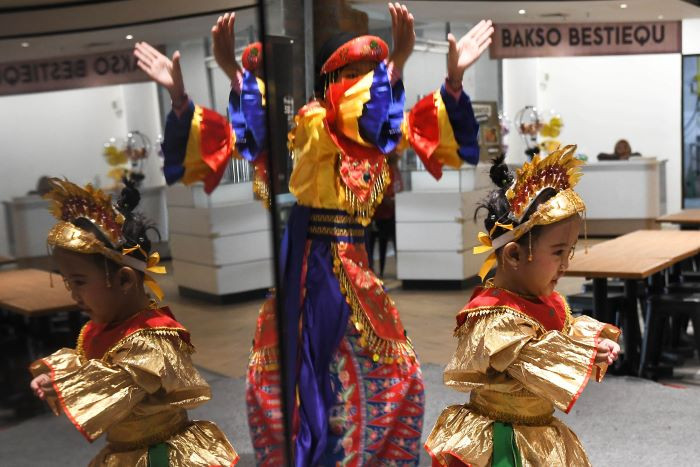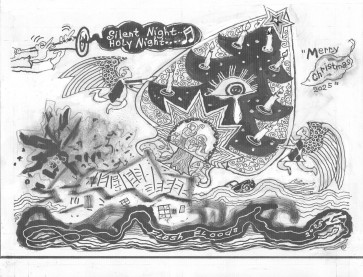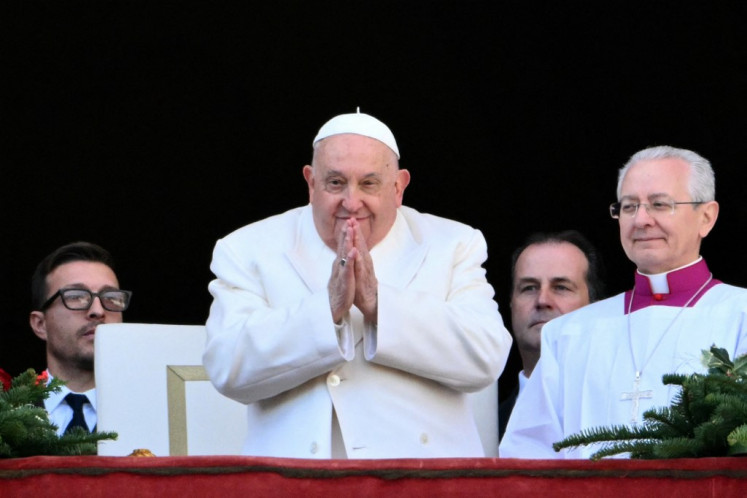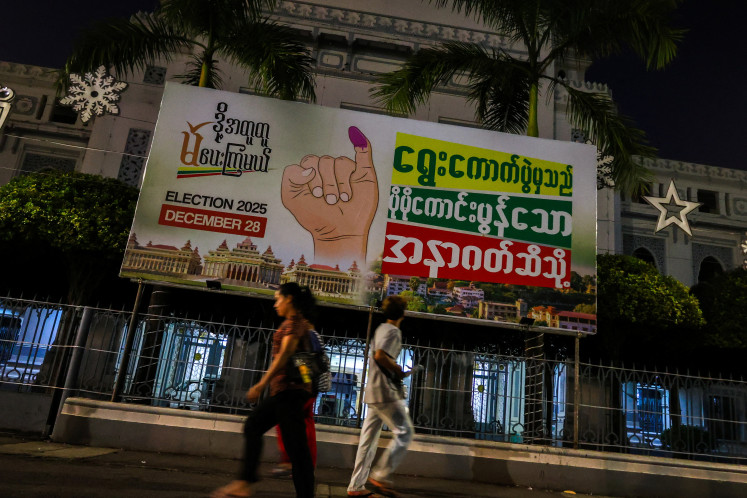Popular Reads
Top Results
Can't find what you're looking for?
View all search resultsPopular Reads
Top Results
Can't find what you're looking for?
View all search resultsWhy rare disease patients deserve government care
Patients with rare genetic diseases should be considered “heroes” because they have received a mutation that statistically should occur in a population.
Change text size
Gift Premium Articles
to Anyone
A
s we commemorated World Rare Disease Day on Thursday, we were reminded that rare diseases are an opportunity for a nation to show its support for social justice and national defense. We should not consider rare diseases a burden or even a curse.
Rare diseases are illnesses where the number of patients is small, in the realm of one in 2,000 people. In comparison, TB disease affects five in 2,000 people, according to Health Ministry data from 2022. This scarcity has several consequences that require serious attention.
The first is the difficulty of diagnosis, as specialist doctors (mostly pediatricians) are not used to dealing with rare diseases, and medical education tends not to teach these diseases thoroughly, so general practitioners at community health centers often misdiagnose them. The duration of diagnosis can reach 20 years, according to CNN Indonesia.
Second, the cost of treatment is very expensive because drug companies are reluctant to produce the required medicines en masse, given the low demand. In the case of Mucopolysaccharidosis (MPS) type 2, orphan drugs, a term for medications used only for a specific rare disease, will cost a patient Rp 6 billion (US$382,247) a year. In Indonesia, drugs for rare diseases are generally not covered by universal health insurance (BPJS).
Rare diseases are not infectious illnesses caused by pathogens but genetic diseases that are carried from birth. Therefore, cases are generally discovered by pediatricians.
Some genetic mutations are inherited, and interestingly, some are new or de novo. In the process of cell division after the embryo is formed, DNA is copied or replicated for one cell to two cells, which is carried out by the DNA polymerase enzyme.
This enzyme has an accuracy limit of 1 per 100,000 DNA bases, or 120,000 errors per cell as the amount of DNA in human cells is around 6 billion (Pray, 2008). Fortunately, cells have a correction mechanism called DNA repair which can reduce the probability of errors up to 400 times or to 300 errors per cell (Kunkel, 1996).



















